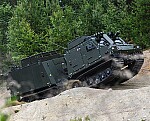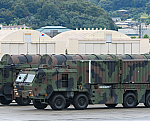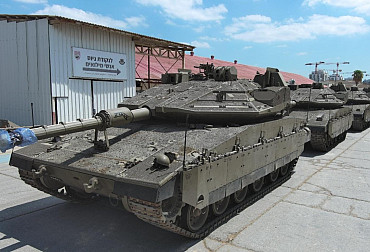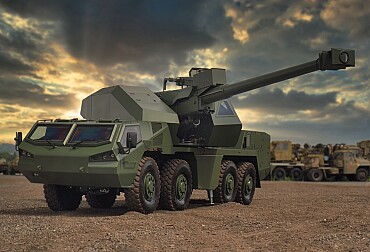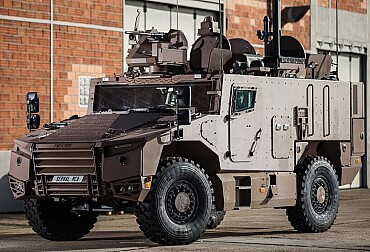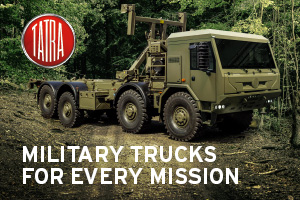"God of War" in the service of NATO
Sometimes called the "God of War", artillery continues to play a key role in modern military conflicts. From the Napoleonic Wars to contemporary conflicts, artillery has been an indispensable means of destroying enemy forces, supporting its own troops and creating tactical advantage on the battlefield. While in the post-Cold War era this capability was considered by some experts to be obsolete, especially in the sense of prioritising air power in support of ground operations, the large-scale, high-intensity war that is now in its third year in Ukraine has clearly confirmed the indispensability of this combat asset. NATO, as the largest military alliance in the world, combining various types of equipment, weapons and modern technologies, should then be prepared for an artillery renaissance to meet the demands of the current ground battlefield. Let us review the different types of artillery systems, their capabilities, advantages and disadvantages.
Barrel vs. rocket artillery
Barrel and rocket artillery are two basic categories of artillery, each with its own specific advantages and disadvantages. Barrel artillery, such as mortars, self-propelled howitzers, towed howitzers, or self-propelled mortars, are characterized by relatively lower operating costs and, in the case of some modern models, considerable firing accuracy. These artillery systems are capable of firing at ranges of up to 50 km using modern munitions such as M982 Excalibur or Krasnopol-M2 guided shells. The main disadvantage compared to rocket artillery is the limited range and lower ability to cover large areas.
Missile systems such as the HIMARS, Tornado G, RM-70 Vampire or BM-30 Smerch offer the ability to hit targets at ranges of up to 300 km and carry out destruction over massive areas. The missile launchers can be divided into two categories. The first category is the lightweight "frontline" missiles, which are ideal for destroying large concentrations of enemy forces or infrastructure near the front.
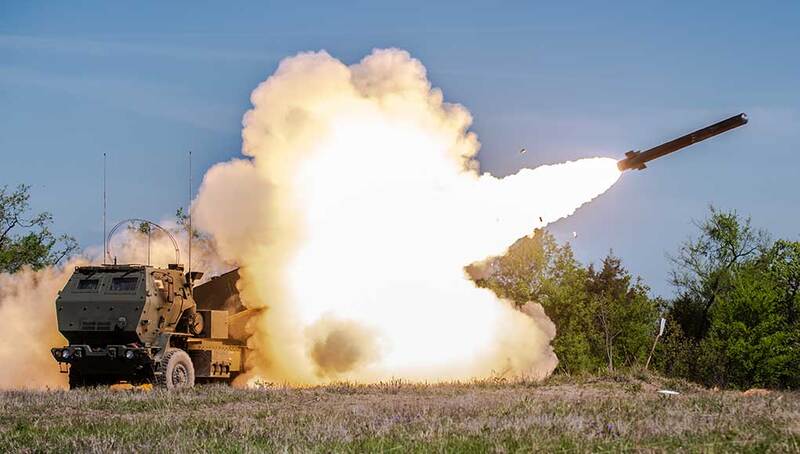
The second category is heavy "tactical", which are usually used to eliminate significant targets further behind the front. In this respect, they compete to some extent with short-range ballistic missiles such as the Russian Iskander.
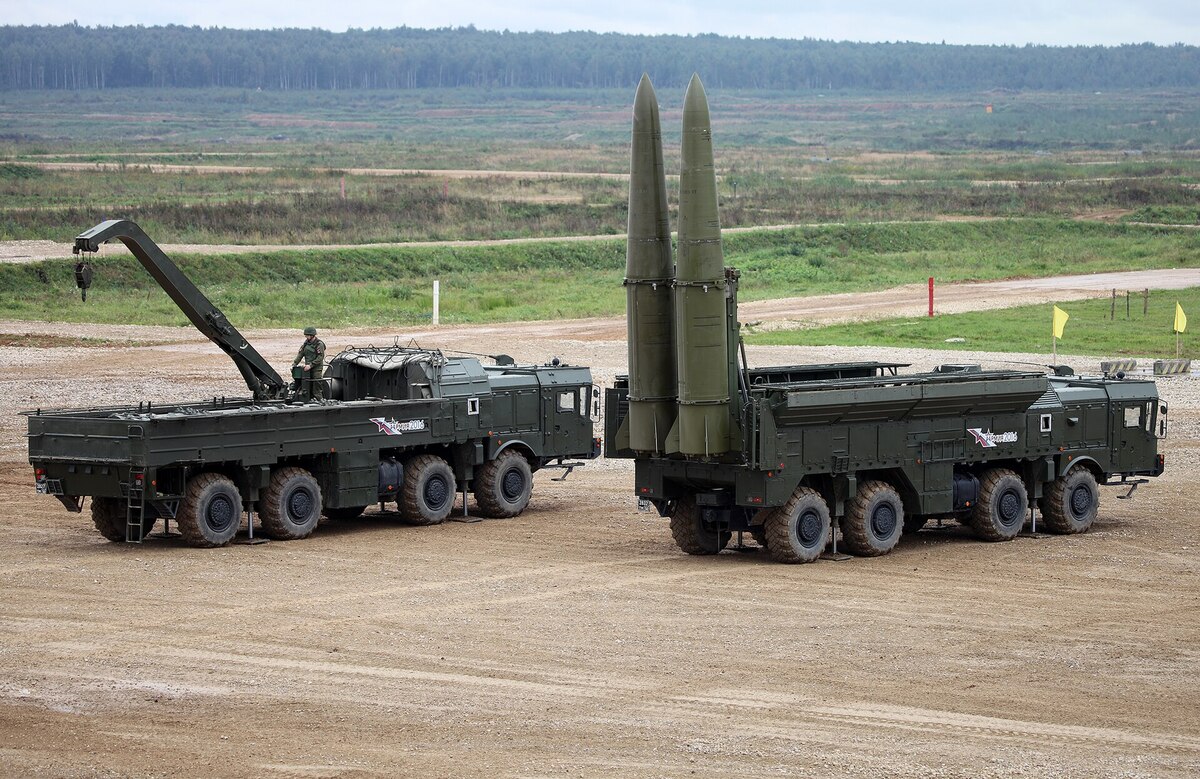
While barrel artillery excels in accuracy and effectiveness at shorter ranges, rocket systems are indispensable in long-range operations and when the enemy needs to be eliminated quickly over a large area. The disadvantage, however, is the higher cost of ammunition and the logistical complexity.
Barrage artillery vs. precision munitions
So-called barrage artillery is based on the massive use of cheap ammunition to cover large areas with the involvement of more artillery. This approach is effective in destroying fortified positions and demoralizing enemies. The disadvantage is the considerable consumption of ammunition and the high risk of unwanted collateral damage. Another necessary evil is the requirement for a supply of spare barrels and therefore an additional burden on the war industry. Today, production of this type of artillery is already minimal, and therefore older types are often from army reserves, resulting in minimal costs in replacing losses, as it is sufficient to remove potential stored equipment from storage and activate it.
Modern technology allows the use of guided munitions, such as the aforementioned Excalibur or Krasnopol, which can eliminate key targets with minimal collateral damage. The disadvantages are higher cost and dependence on GPS or laser guidance systems. While barrage artillery is suitable for area destruction, precision munitions are key for operations where minimizing collateral damage is a priority.
Towed vs. self-propelled artillery
Towed artillery, such as the M777 or Msta-B howitzer, is a traditional and proven solution These systems are relatively simple, potentially lightweight and, compared to self-propelled howitzers, inexpensive to acquire and maintain Their main advantage is their ease of transport by air, allowing rapid deployment even in difficult to access areas.
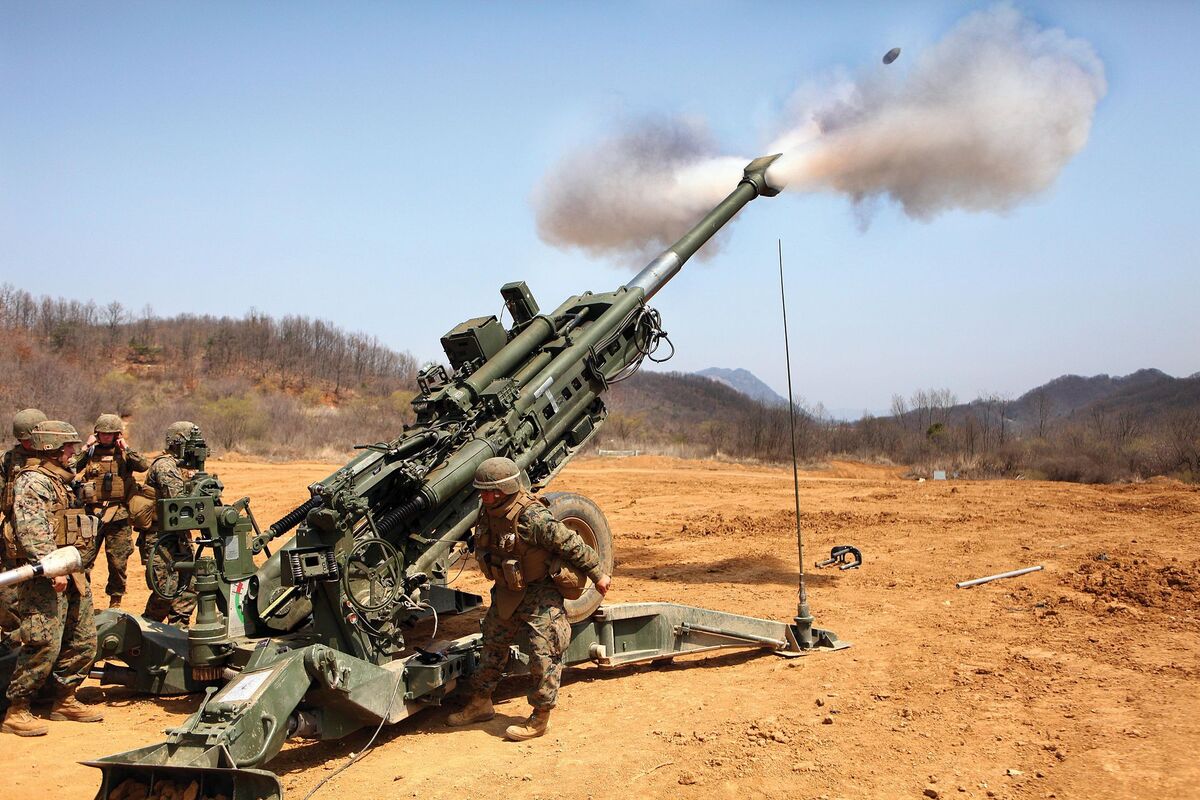
Modern conflicts place extreme emphasis on artillery mobility. Today's sophisticated radars can locate the point of fire in an instant, making static artillery units an easy target, especially when added to the massive deployment of unmanned aerial vehicles. Self-propelled systems can quickly assume a firing position, make a strike, and immediately move or retreat to pre-established cover, minimizing the risk of return fire. Self-propelled systems have a clear advantage in this regard. Their integrated chassis allows for instantaneous movement, whereas towed systems require time-consuming preparation and attachment to a tow vehicle. NATO therefore prefers self-propelled systems in dynamic operations, while towed systems are used in situations where a secure base can be provided. The disadvantages are higher acquisition costs, more complex logistics and more limited transport options over longer distances.
Armored vs. open system
Armoured artillery systems, such as the Czech DANA, DITA, MORANA or the German PzH 2000 self-propelled howitzer, are designed with emphasis on crew protection Their armour protects the operator from shrapnel, enemy fire and chemical or biological weapons.
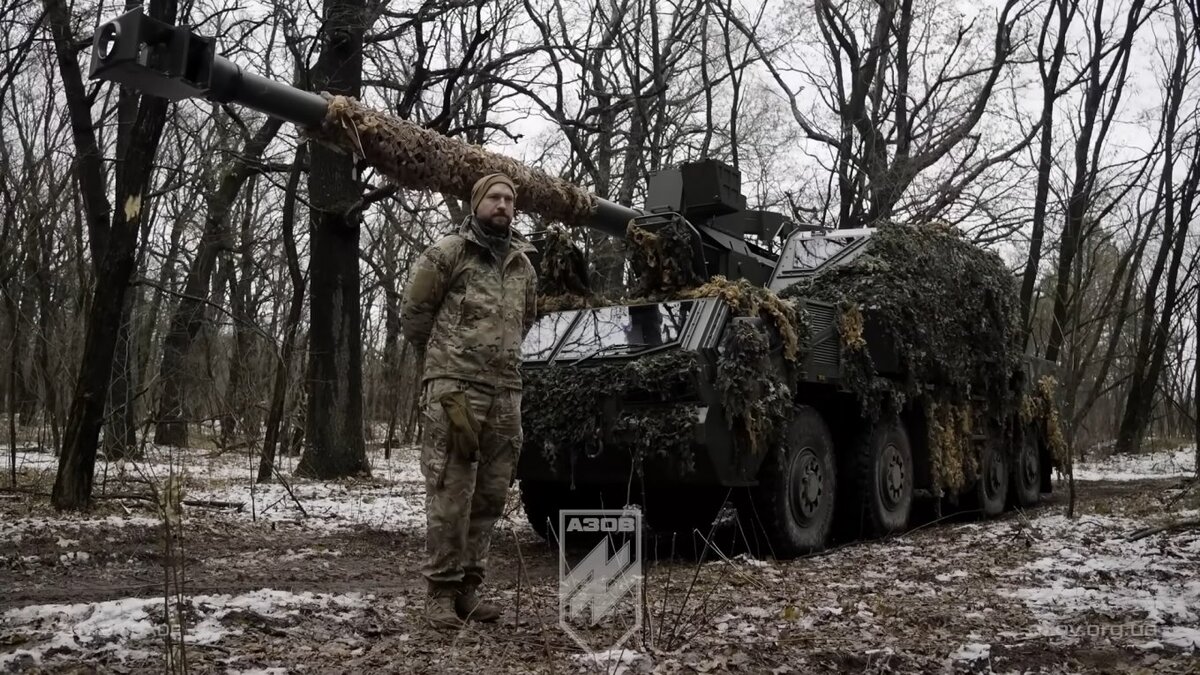
They are suitable for operations in dangerous areas where the risk of counter-attacks is high However, the disadvantages are their higher weight, which limits mobility in difficult terrain, and more difficult maintenance.
Open systems, such as the French Caesar or the Israeli ATMOS 2000, are a lighter and cheaper alternative Their design allows for faster movement and easier deployment in the field The main disadvantage is the vulnerability of the crew, who are not protected by armour, which is particularly risky in high-intensity conflicts.
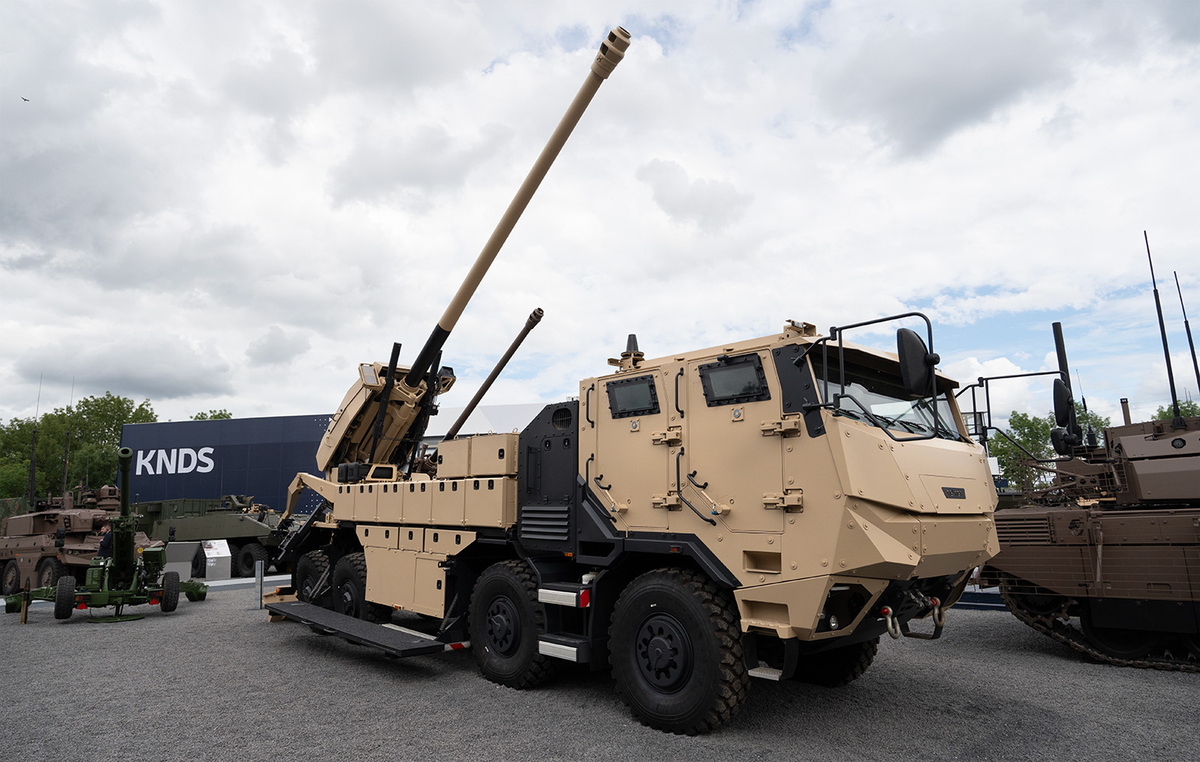
The choice between armoured and open systems depends on the nature of the mission - armoured systems dominate in intense conflicts, while open systems are ideal for operations where speed and flexibility are key. An uncomfortable aspect of the choice is the financial capabilities of one or the other state.
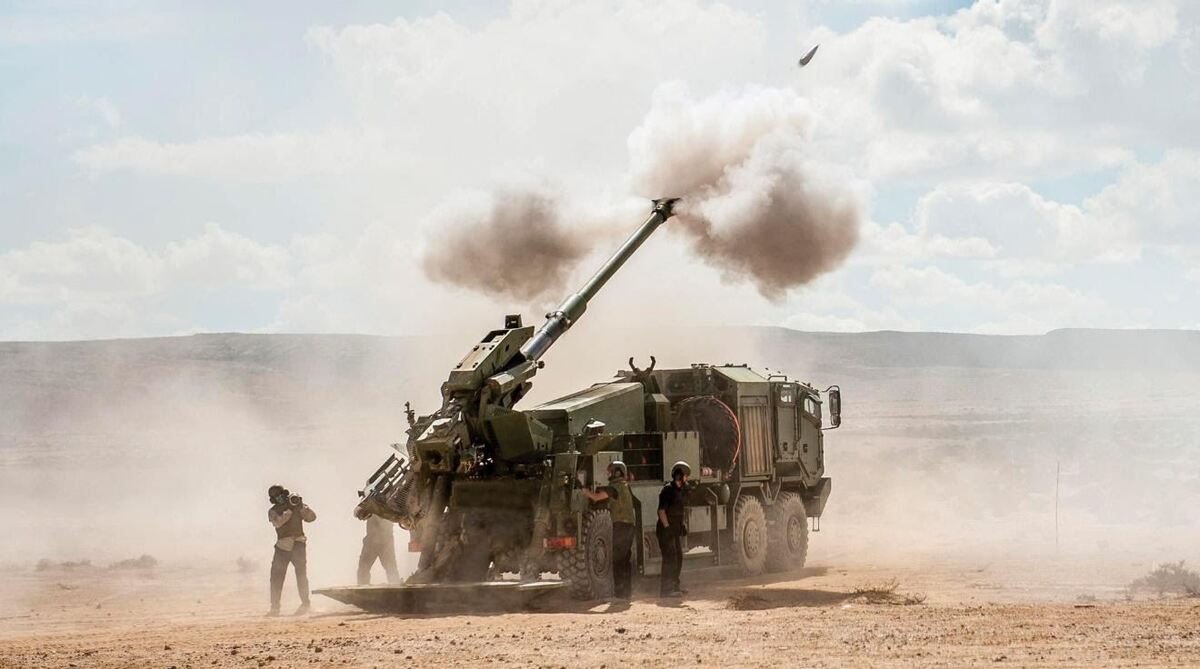
MRSI and its role on the modern battlefield
MRSI (Multiple Rounds Simultaneous Impact) technology is one of the greatest innovations in modern artillery. It allows multiple rounds to be fired along different trajectories so that they all hit the target simultaneously. The result is a surprising and devastating strike that the opponent has no time to react to. In practice, this technology enables a precise barrage using a minimum number of barrels.
For MRSI, advanced fire control technology and trajectory computation is key. Systems such as the PzH 2000 or Archer offer this capability, making them ideal for strikes on high-value targets such as command posts or ammunition dumps. In the NATO context, MRSI is an important tool that enhances the effectiveness of artillery operations.
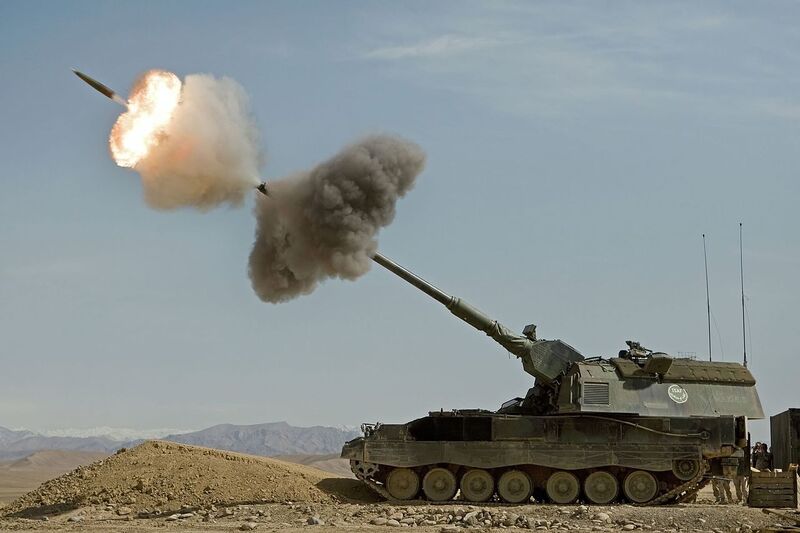
The future of artillery in NATO
Artillery remains an indispensable component of modern military operations. The combination of towed and self-propelled systems, the choice between armoured and open platforms, and the implementation of technologies such as MRSI show how NATO is adapting technologically to changing battlefield requirements. The question remains whether the Alliance will somehow rethink its preference for air power, which can be literally grounded by today's modern air defense. In the future, then, we can expect to see further development of artillery towards greater automation, the integration of drones for fire guidance, and the use of artificial intelligence for target analysis. These innovations should ensure that artillery remains the "God of War" in the 21st century, adapted to the needs of the modern battlefield.





